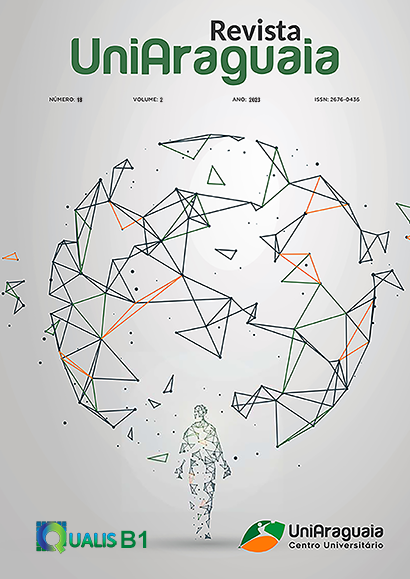SOLID INDUSTRIAL GELATIN WASTE AS A SOURCE OF NITROGEN FERTILIZATION IN MASSAI GRASS
Keywords:
Forage, Megathyrsus maximus, Nitrogen, SludgeAbstract
This study aimed to evaluate the effect of gelatin sludge as a source of nitrogen fertilization in Massai grass. The experiment was developed in the greenhouse of the Federal University of Mato Grosso, with three doses of sludge (DGS: 0, 200, 300 m3 ha-1), an organomineral dose and an of mineral fertilizer and 6 repetitions. Sowing was performed directly in pots. The uniformity cut occurred 30 days after sowing. The variables evaluated were: number of tillers, number of leaves, plant and stem height, chlorophyll index, dry mass (leaves, roots and residue), crude protein (CP), neutral detergent fiber (NDF), acid detergent fiber (ADF), macronutrients and micronutrients contents. Root mass and SPAD value were not influenced by the doses of sludge compared to mineral fertilizer. There was no difference (P>0.05) in the contents of NDF, ADF and iNDF in all treatments. The organomineral fertilizer, recorded the highest number of tillers. The dose of 300 m3 ha-1, promoted the highest number of green leaves and leaves per tiller. Leaf dry mass and dry mass production were influenced (P<0.05) by the nitrogen fertilization. The average contents of K, B, Cu, Fe, Mn and Zn in the leaf tissue, were not affected (P>0.05). Different doses of gelatin sludge alter the structural characteristics, nutritive value and yield of Massai grass. Besides influencing the stem height, number of leaves and chlorophyll index, being more responsive the dose of 300 m3 ha-1.
Downloads
Published
Issue
Section
License
The copyright of the published articles will be transferred to the Uniaaraguaia Magazine, allowing its subsequent reproduction as transcription and with due citation of source. In the event of acceptance and before the publication of the article, the plaintiff (s) shall write a statement formally transferring copyright to the magazine.
The author may also print and distribute copies of his article, provided that he mentions that the rights belong to the Uniaaraguaia Magazine.
Author rights include the right to reproduce in full or partly by any means, distribute this article, including figures and photographs.
By submitting originals to the Uniaaraguaia magazine, the author or authors express agreement with the following terms:
a) Authors maintain copyright and grant Uniaraguaia magazine the right of first publication, with the work simultaneously licensed under the Creative Commons Attribution license that allows the sharing of work with recognition of the authorship and initial publication in this magazine.
b) Authors are authorized to assume additional contracts separately, for non-expiration distribution of the work version published in this magazine (eg publish in institutional repository or as book chapter), with recognition of authorship and initial publication in this journal.
c) Authors are allowed and are encouraged to publish and distribute their work online (eg in institutional repositories or on their personal page) to any point before or during the editorial process, as this can generate productive changes as well as increase the impact and citation of published work.

